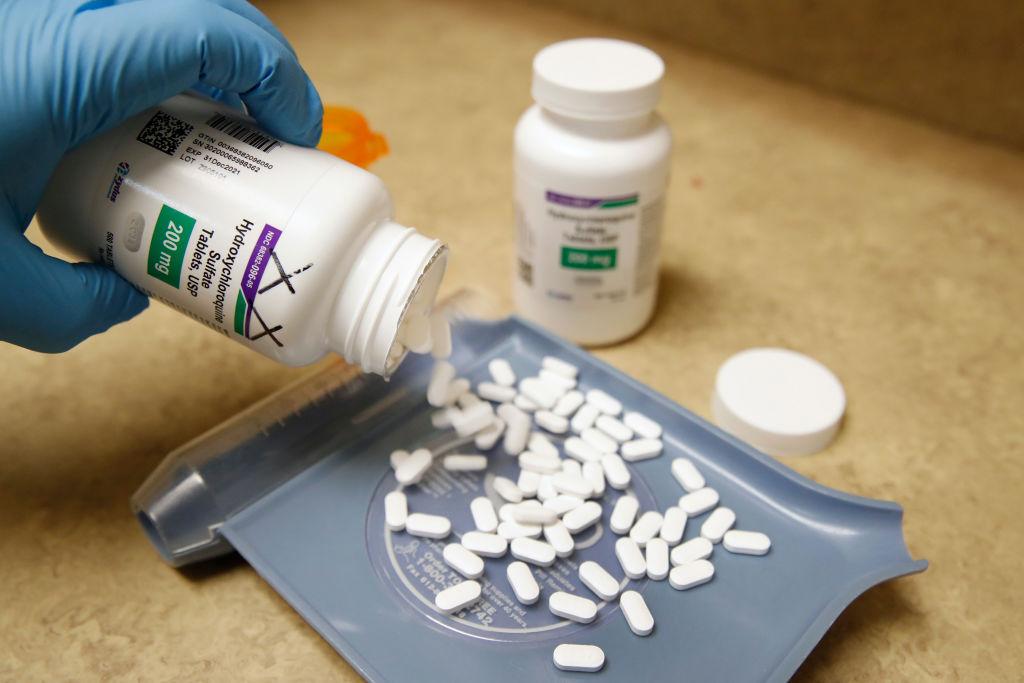News Analysis
There are many studies on the effectiveness of hydroxychloroquine (HCQ) in treating COVID-19, but only a handful of them adhere to the highest scientific standards. Even those, however, fail to answer some of the most pressing questions.





